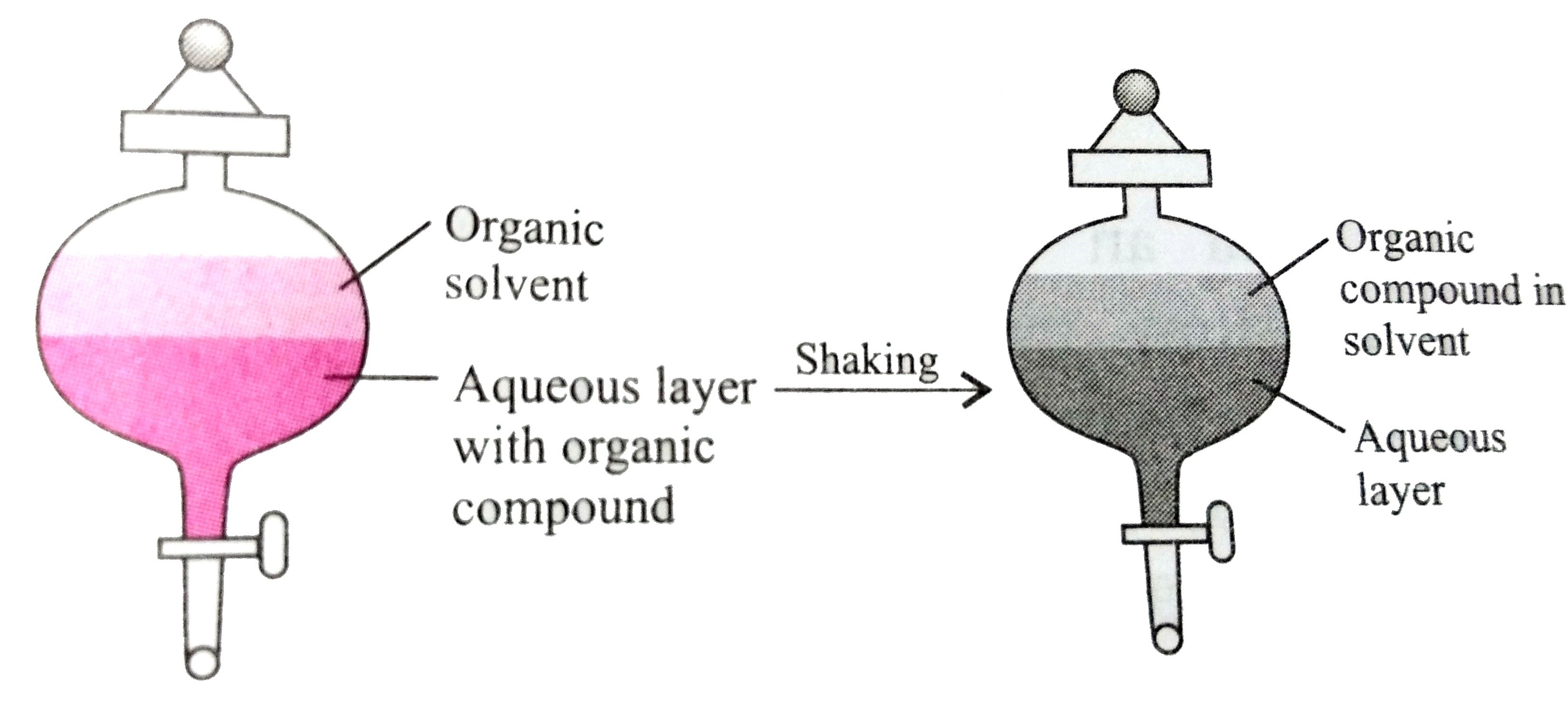The best and latest technique for isolation, purification and separation of organic compounds is
crystallisation
distillation
sublimation
chromatography
Step-by-Step Text Solution:
1. Understanding the Question: The question asks for the best and latest technique for the isolation, purification, and separation of organic compounds.
2. Identifying the Technique: The answer to the question is chromatography. This technique is widely recognized for its effectiveness in separating and purifying organic compounds.
3. Defining Chromatography: The term "chromatography" comes from the Greek word "chroma," which means color. It is a method used to separate mixtures based on the different affinities of compounds towards a stationary phase and a mobile phase.
4. Types of Chromatography: There are two main types of chromatography:
- Paper Chromatography: This method uses a piece of adsorbent paper to separate compounds. The mixture is placed on the paper, and as a solvent moves through the paper, different compounds will travel at different rates based on their adsorption properties.
- Column Chromatography: This technique involves a vertical column filled with an adsorbent material (like silica gel). The mixture is introduced at the top, and due to varying adsorption capacities, the components of the mixture will separate as they move down the column.
5. Process of Paper Chromatography:
- An adsorbent paper is prepared.
- A small spot of the organic mixture is placed on the paper.
- The paper is then placed in a solvent.
- As the solvent moves up the paper, different compounds will adsorb at different rates, leading to separation.
6. Process of Column Chromatography:
- An adsorption column is packed with an adsorbent material.
- The mixture solution is introduced into the column.
- As the mixture moves through the column, components will separate based on their adsorption to the column material.
7. Conclusion: Chromatography is the most modern and effective technique for the isolation, purification, and separation of organic compounds.
---
- Paper Chromatography: This method uses a piece of adsorbent paper to separate compounds. The mixture is placed on the paper, and as a solvent moves through the paper, different compounds will travel at different rates based on their adsorption properties.
- Column Chromatography: This technique involves a vertical column filled with an adsorbent material (like silica gel). The mixture is introduced at the top, and due to varying adsorption capacities, the components of the mixture will separate as they move down the column.
- An adsorbent paper is prepared.
- A small spot of the organic mixture is placed on the paper.
- The paper is then placed in a solvent.
- As the solvent moves up the paper, different compounds will adsorb at different rates, leading to separation.
- An adsorption column is packed with an adsorbent material.
- The mixture solution is introduced into the column.
- As the mixture moves through the column, components will separate based on their adsorption to the column material.
Topper's Solved these Questions
- BOOK - ICSECHAPTER - ORGANIC CHEMISTRY : SOME BASIC PRINCIPLES AND TECHNIQUES EXERCISE - ASSERTION - REASON TYPE QUESTIONS11videos
ORGANIC CHEMISTRY : SOME BASIC PRINCIPLES AND TECHNIQUES
- BOOK - ICSECHAPTER - HYDROGENEXERCISE - NCERT TEXT-BOOK EXERCISE (With Hints and Solutions)53videos
HYDROGEN
- BOOK - ICSECHAPTER - REDOX REACTIONS (OXIDATION AND REDUCTION)EXERCISE - NCERT TEXT-BOOK. EXERCISES ((With Hints and Solutions)69videos
REDOX REACTIONS (OXIDATION AND REDUCTION)
Similar Questions
Name the techniques used for separation of ink
View SolutionChromatography is a valuable method for the separation, isolation, purification and identification of the constituents of a misture and it is based on general principle of
View SolutionState the technique of separation used in winnowing.
View SolutionChromatography technique is used for the separation of :
View SolutionState reasons for 'Justification of a separate branch' for 'Organic Chemistry'.
View SolutionNaHSO3 is used for the purification of carbonyl compounds. Explain.
View SolutionExplain the techniques of separation involved in
a. filtration b. evaporation.View SolutionThe process of separation of an organic compound from its aqueous solution by shaking with a suitable solvent in termed solvent extraction or differential extraction.

The organic compound present in the aqueous layer moves to the organic solvent becauseView SolutionFor the purification of organic compounds, the latest technique followed is
View SolutionThe technique used for separation of DNA fragment is:
View Solution

